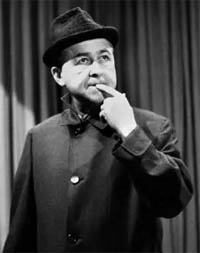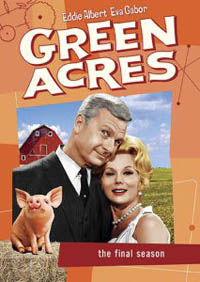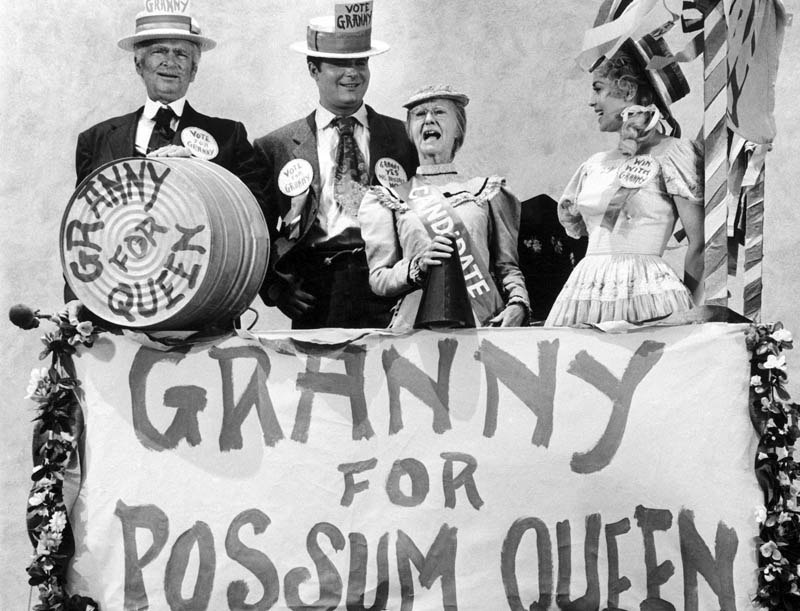
Music was only one of many narrative art forms shaped by the highway network. The efforts of one writer, Paul Henning, shaped much of the national imagination of rural life during the 1960’s. Growing up a few miles north of Highway 50 in Independence, Missouri, Henning’s childhood camping excursions in the Ozark mountains cultivated a lifelong fascination with hillbilly culture. While visiting historical sites on a 15,000-mile road trip across America, Henning was struck with the seed of an idea of how a young Abraham Lincoln would have reacted to the high-speed life along America’s highways. After reading about rural resistance to new highway encroachment in the Ozarks, and surmising it was due to a perceived threat to the moonshine industry, his idea evolved into an out-of-touch Ozark family taking the highway out of the mountains and into the apex of urban modernity. The Beverly Hillbillies, one of the most popular narrative works of art of its era, was his creation.

 Henning went on to additionally create the renowned rural-based television programs Petticoat Junction and its spinoff, Green Acres, as well as write for The Andy Griffith Show and The Real McCoys. Despite earning fiercely critical reviews, the American public made The Beverly Hillbillies the most-watched show in television history during its first two seasons. From a cultural perspective, the Hillbillies phenomenon had an ironic turnabout: Disproportionately rural, small town, and Southern residents comprised the the immensely popular show’s viewership, despite the widely-understood premise that the show was poking fun at their culture. The highway pipeline between rural and urban values had taken rural culture, processed it through a filter of urban values, and fed it back to rural Americans, who consumed it heartily.
Henning went on to additionally create the renowned rural-based television programs Petticoat Junction and its spinoff, Green Acres, as well as write for The Andy Griffith Show and The Real McCoys. Despite earning fiercely critical reviews, the American public made The Beverly Hillbillies the most-watched show in television history during its first two seasons. From a cultural perspective, the Hillbillies phenomenon had an ironic turnabout: Disproportionately rural, small town, and Southern residents comprised the the immensely popular show’s viewership, despite the widely-understood premise that the show was poking fun at their culture. The highway pipeline between rural and urban values had taken rural culture, processed it through a filter of urban values, and fed it back to rural Americans, who consumed it heartily.

Comments are closed.